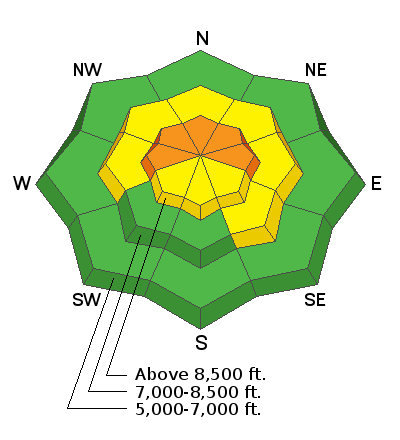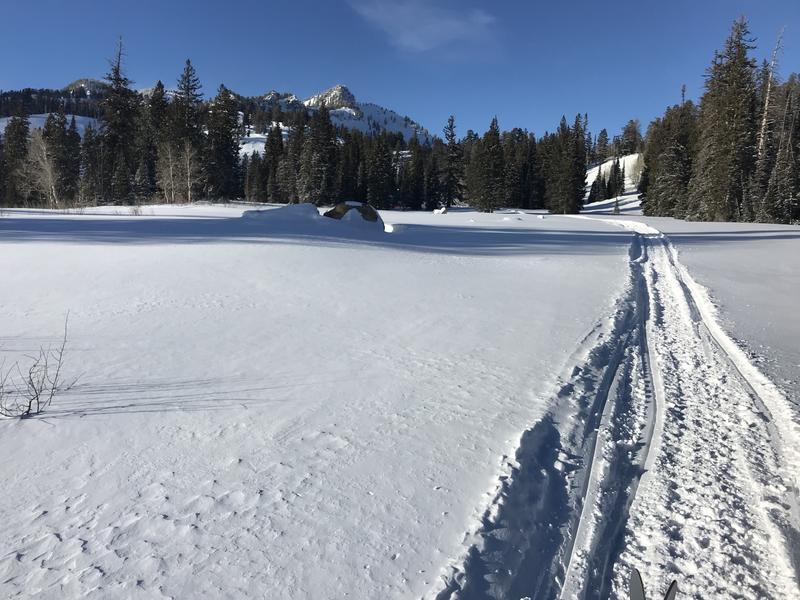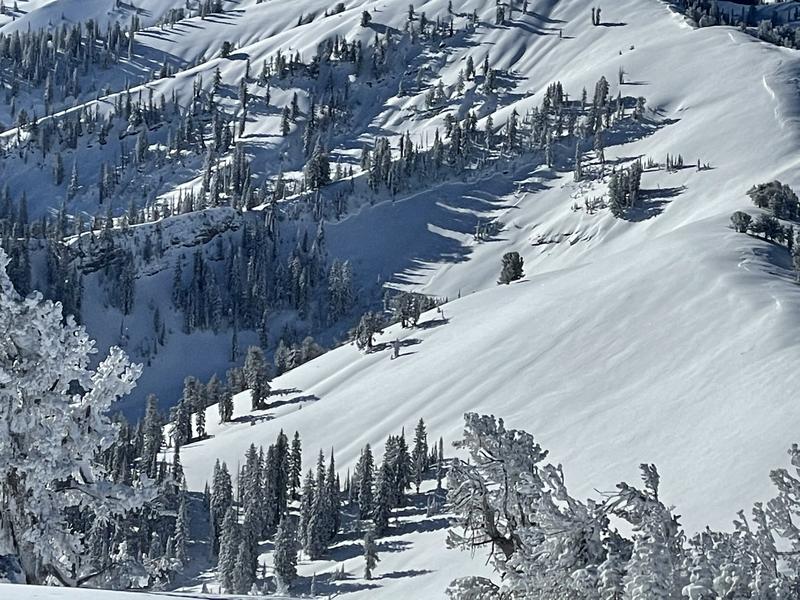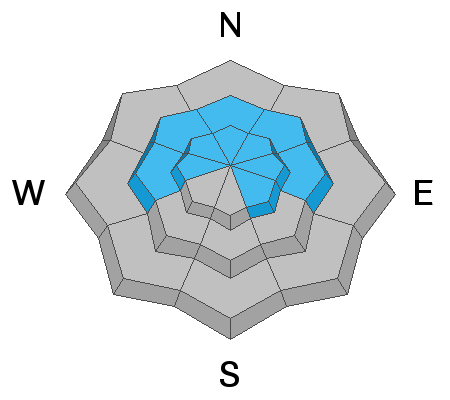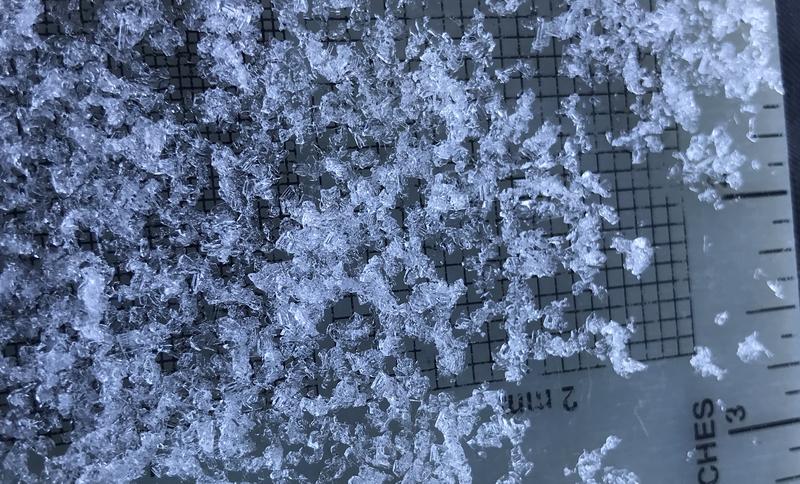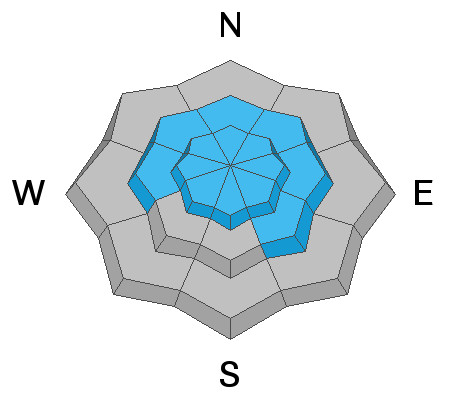Thanks to the generous support of our local resorts, Ski Utah, and Backcountry, discount lift tickets are now available. Support the UAC while you ski at the resorts this season.
Tickets are available here.Several inches of light new snow accumulated Tuesday night on upper elevation slopes, which created nice shallow powder conditions. Overall snow coverage is still very shallow in the Logan Zone, and the snow that was on the ground in November and early December is loose and sugary. In many places you still sink all the way to the ground when you hop off your sled. Observers continue to report triggering booming audible collapses in many areas. These whumpfing sounds are a red flag indicating unstable snow. Trail breaking is difficult on skis because you sink deeply into the sugary snow, and it's scary on a sled because you expect to hit rocks and down trees at any moment. Not many people are out riding, especially off trail, and there are already a few tales of broken A-arms from those who have tried.
Still too shallow to ride comfortably. Nice shallow powder riding conditions, but the snow pack is shallow and full of land mines. (12-23-2020)
Expect sunny conditions in the mountains today, with high temperatures in the upper twenties at higher elevations, and moderate southwest winds. A strong high pressure system will remain over Utah through Christmas. The next chance for snow looks to be over the weekend, as a weak storm should impact Northern Utah. The disturbance should be enough to mix out the inversion, but accumulations in the mountains will not be heavy, somewhere around 3" to 7" of accumulation is possible at upper elevations Saturday and Saturday night. More snow is possible in the mountains on around Tuesday....
Despite apparent gradual stabilization of the snow pack, dangerous avalanche conditions persist on steep previously drifted slopes at upper elevations, and human triggered avalanches are possible on many steep slopes in the Logan Zone.
Many natural and remote triggered avalanches were observed last Friday and over the weekend in the Logan Zone. The mostly 1'-deep soft slab avalanches, failing on a persistent weak layer consisting of sugary faceted snow, were fairly forgiving and nobody got caught.
From a distance yesterday, an observer noticed a recent large natural avalanche in the Mount Naomi Wilderness, in Upper Cottonwood Canyon. The broad slab avalanche below a cliff band was probably a few days old.

